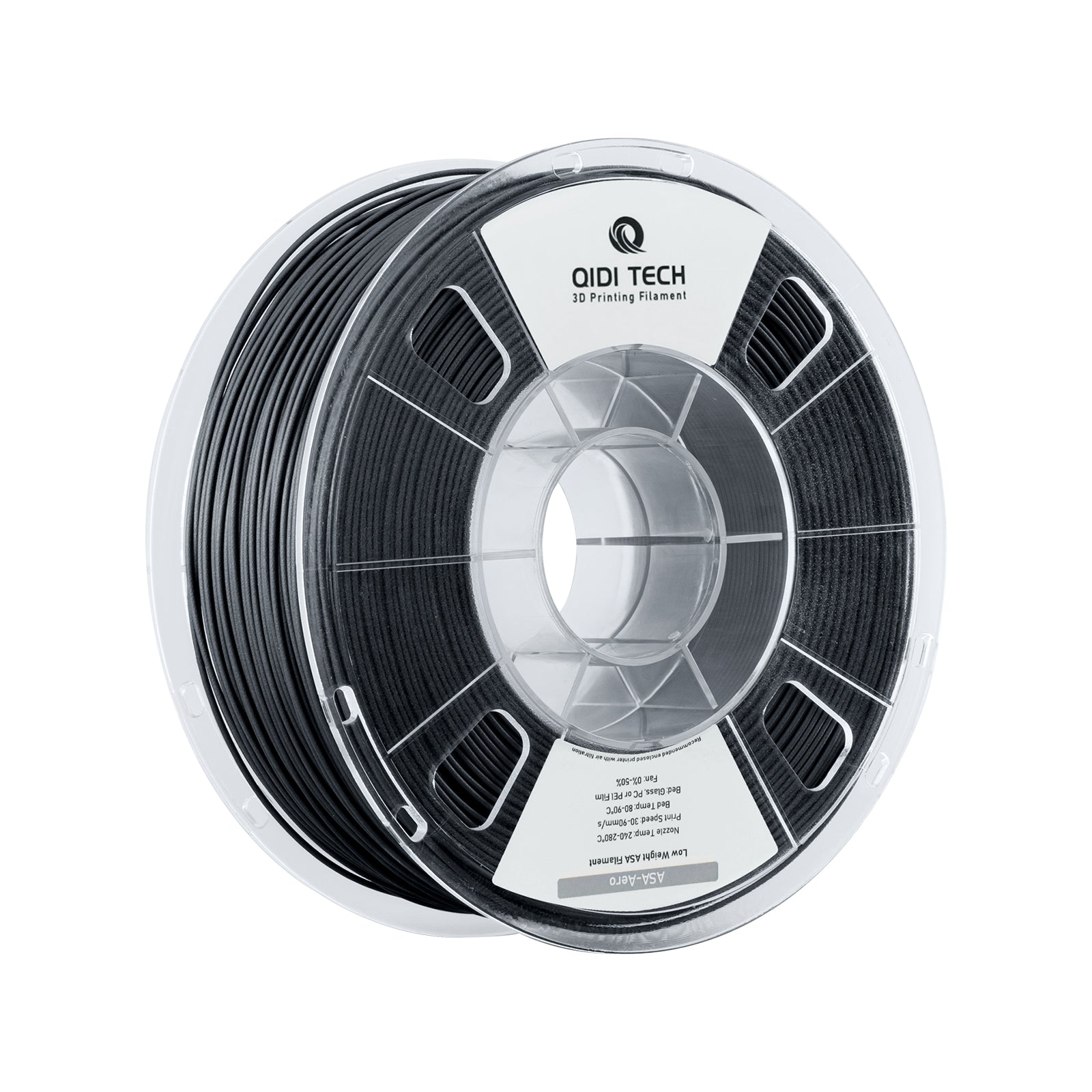Unlock the Secrets of ASA Filament: Say Goodbye to Warping Woes!
In the ever-evolving world of 3D printing, ASA filament has emerged as a popular choice among enthusiasts and professionals alike. This material is celebrated not only for its strength and durability but also for its ability to tackle one of the most common issues faced during printing: warping. Warping occurs when the material cools unevenly, leading to distortion and failed prints. As such, the quest for filaments that can mitigate this problem is a pressing concern for many in the 3D printing community. In this article, we’ll delve into the properties of ASA filament and explore how it effectively reduces warping, ensuring that your 3D prints come out as intended.

Understanding ASA Filament
ASA, or Acrylonitrile Styrene Acrylate, is a thermoplastic that is often compared to other popular materials such as ABS and PLA. While ABS is known for its strength and heat resistance, it can be prone to warping, making it challenging for many 3D printing projects. On the other hand, PLA is user-friendly and biodegradable but lacks the durability and temperature resistance needed for outdoor applications. ASA combines the best of both worlds: it offers the toughness and heat resistance of ABS while being more stable and resistant to UV light, making it ideal for outdoor use. Its chemical composition allows it to maintain structural integrity even in challenging environments, which is a significant advantage for those looking to create long-lasting prints.
Properties of ASA Filament
ASA filament boasts several key properties that contribute to its effectiveness in 3D printing. One of the most notable attributes is its excellent temperature resistance, which ensures that printed objects can withstand higher temperatures without deforming. Additionally, ASA is highly UV stable, meaning it does not degrade or discolor when exposed to sunlight, making it perfect for outdoor projects. Another crucial property is its impact resistance; ASA can absorb shocks and resist breakage, adding to its versatility in various applications, from automotive parts to outdoor furniture. These properties not only enhance the durability of printed items but also make ASA filament a reliable choice for users looking for longevity in their projects.
How ASA Filament Reduces Warping
The mechanisms by which ASA filament minimizes warping during the printing process are multifaceted. One primary factor is its low shrinkage rate compared to other materials, which significantly reduces the chances of warping as the filament cools. Proper bed adhesion plays a crucial role as well; ASA adheres well to many bed surfaces, which helps to keep the print stable during the cooling process. Additionally, the recommended printing temperatures for ASA typically range from 240°C to 260°C, which allows for optimal layer adhesion and reduces the likelihood of warpage. Cooling rates are also essential; a controlled cooling environment can prevent uneven temperature distribution, which is often the culprit behind warping. By understanding these factors, users can effectively leverage ASA’s properties to minimize warping and achieve successful prints.
Best Practices for Using ASA Filament
To maximize the benefits of ASA filament and prevent warping, several best practices should be followed. First and foremost, it's essential to calibrate your printer to the recommended settings for ASA, including temperature and print speed. Opt for a heated bed to maintain a consistent temperature during the printing process; a bed temperature of around 90°C is often ideal for ASA. Using a textured or adhesive bed surface can enhance adhesion, further reducing the risk of warping. Additionally, consider printing in a controlled environment, away from drafts and temperature fluctuations, to maintain consistent cooling rates. By implementing these techniques, you can significantly improve the quality of your ASA prints.
Maximizing the Benefits of ASA Filament
In summary, ASA filament is an excellent choice for 3D printing, particularly for those concerned about warping. Its unique properties, such as temperature resistance, UV stability, and impact resistance, make it a versatile material suitable for a wide range of applications. By understanding how ASA filament minimizes warping and adhering to best practices during printing, users can achieve high-quality results and create durable, long-lasting prints. If you’re considering your next 3D printing project, ASA filament should undoubtedly be on your shortlist.







